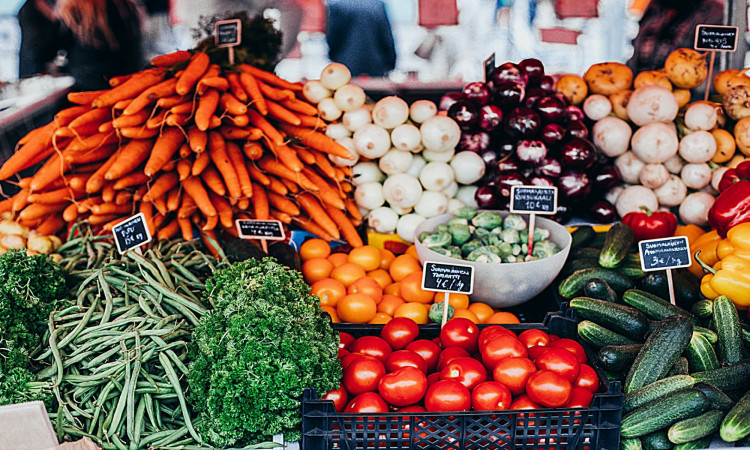Flavonoids are a complex group of phytonutrients present in almost all fruits and vegetables. They are responsible for the bright colors of fruits and vegetables along with carotenoids,
Several essential classes of flavonoids are known, including anthocyanidins, flavonoids, flavonoids, flavonoids, flavonoids, and isoflavones. There are more subgroups within the flavonol subgroup. Each of these subgroups and each type of flavonoid bears its own distinct range of behavior, advantages, and foods of origin.
Benefits of Flavonoids
Weight management
The content of flavonoids will reduce inflammation and decrease levels of the hormone that suppresses appetite, leptin. We definitely know that leptin plays a crucial role in the intake of food because mice become obese with mutations in leptin or its receptor, and these animals are used as models to study diabetes and obesity.
Longevity
A 25-year, large-scale study, published in 1995 in the journal Archives of Internal Medicine, looked at men in seven countries and found that longevity was strongly correlated with flavonoid intake. The researchers proposed that 25% of the reported disparity in death rates from coronary heart disease and cancer may be attributed to flavonoid intake.
Cardiovascular disease
Flavonoids are associated with cardiovascular disease prevention because of their antioxidant and anti-inflammatory behavior. Flavonoids can lower the risk of atherosclerosis by shielding LDL cholesterol from free radical disruption, according to the George Mateljan Foundation's World's Healthiest Foods website. They can also enhance the quality of the walls of the blood vessels.
Diabetes
A 2013 study published in the journal Diabetic Medicine showed that the addition of a flavonoid-rich spice blend to hamburger meat substantially increased its vascular function during subsequent hours among men with type 2 diabetes. Rosemary, garlic , ginger, black pepper, and oregano, all spices that produce flavonoids, were used in the spice blend. World's Healthiest Foods states that in trials of grape juice, cocoa, pomegranate juice, and soy foods, similar results have been shown.
Cancer prevention
Mixed results have been produced by the research in this field. According to the Linus Pauling Institute, animal tests have shown promising outcomes when it comes to lung, throat, stomach, prostate, skin, and other cancers, but human studies have yet to produce reliably comparable findings. It needs further study.
Breast and stomach cancer are the most promising trials so far. A large study published in the British Journal of Cancer in 2003 showed that people with higher levels of flavone intake had a decreased chance of contracting breast cancer, whereas Cancer Causes & Regulation research found a link between the intake of kaempferol and the reduced risk of gastric cancer.
While flavonoids demonstrate high antioxidant activity, according to World's Healthiest Foods, they occur in a comparatively limited concentration in the bloodstream compared to antioxidants such as vitamin C and vitamin E. This can decrease their total antioxidant strength and thus decrease their cancer-fighting effects.






